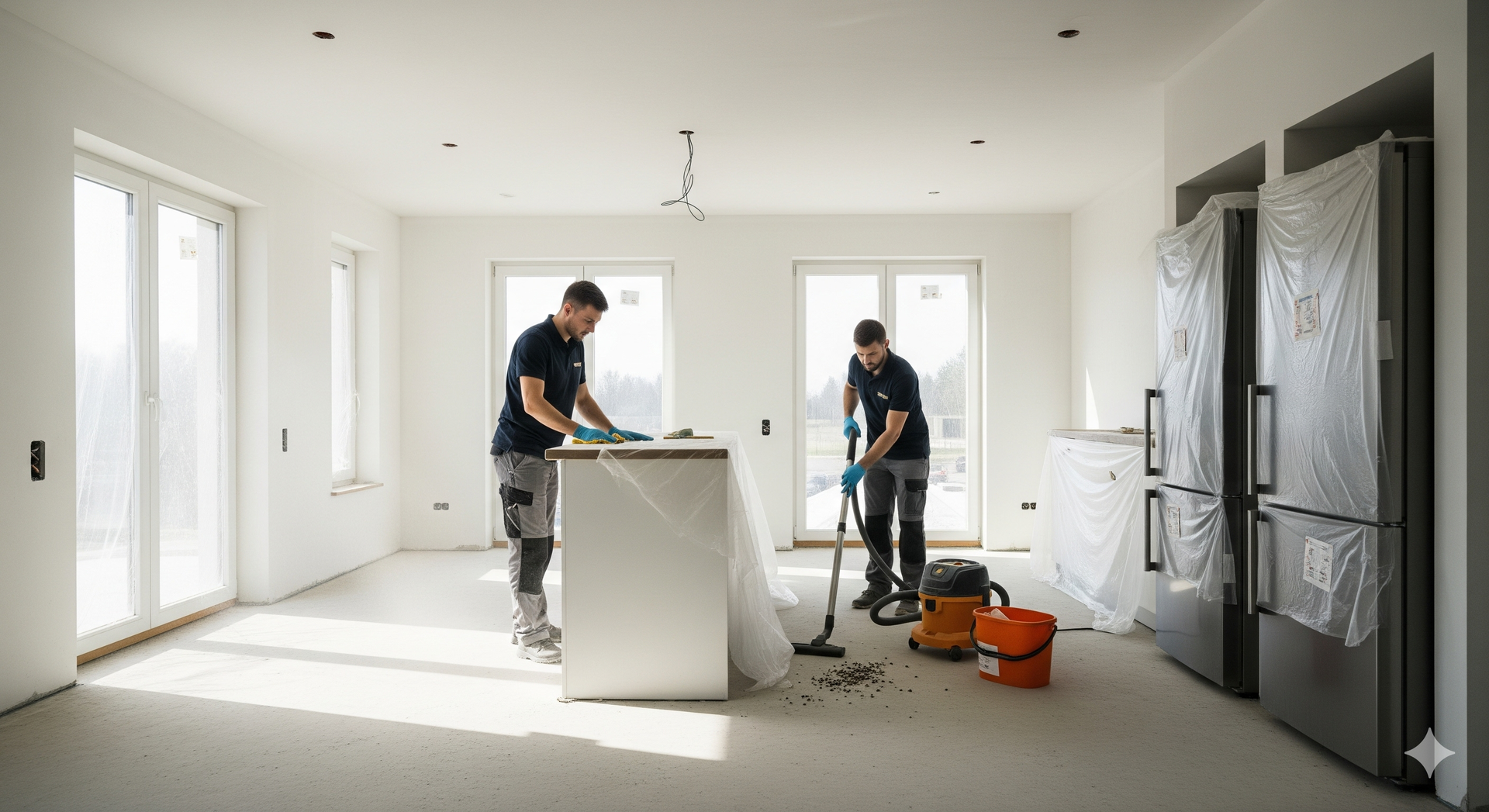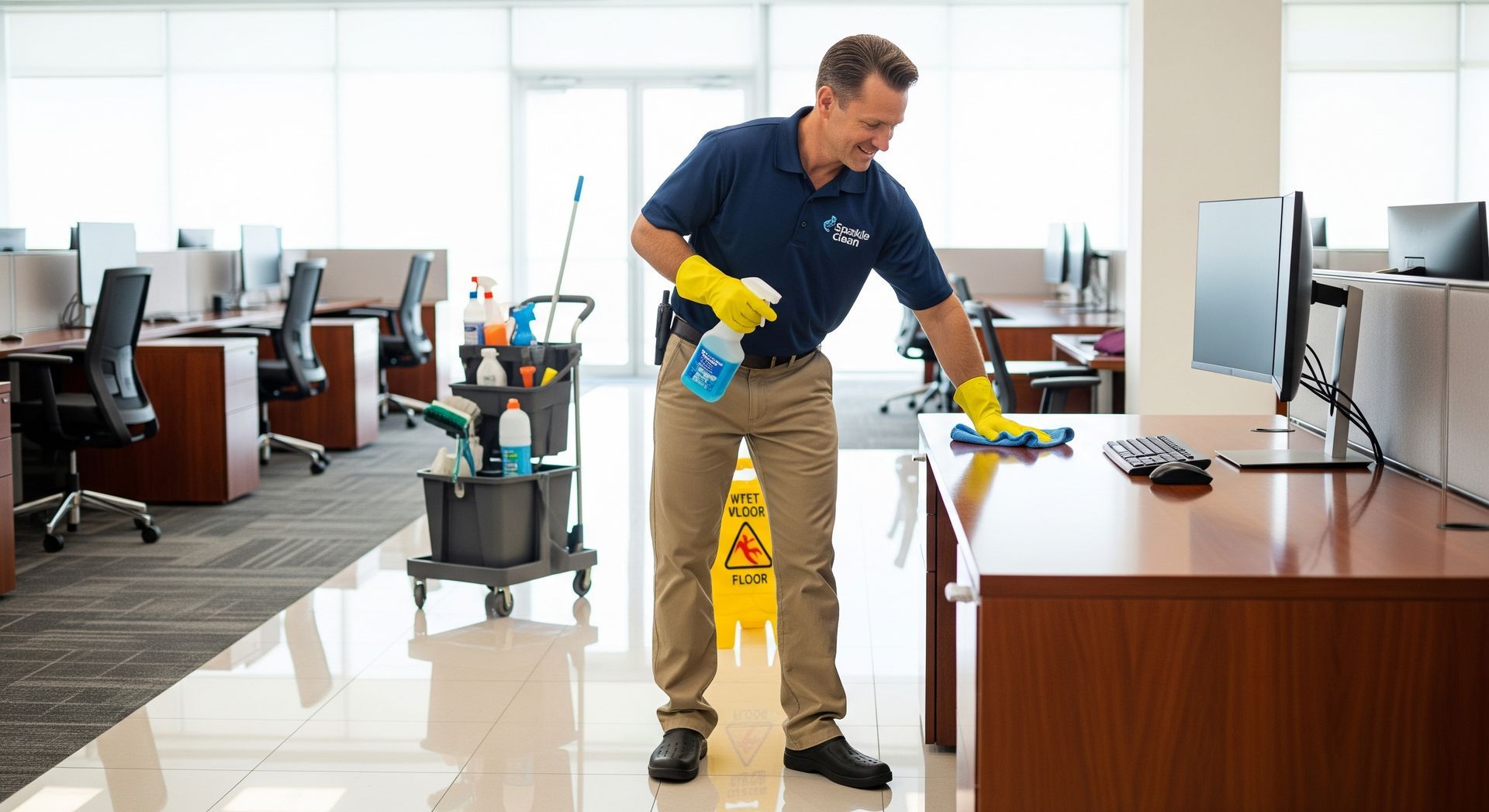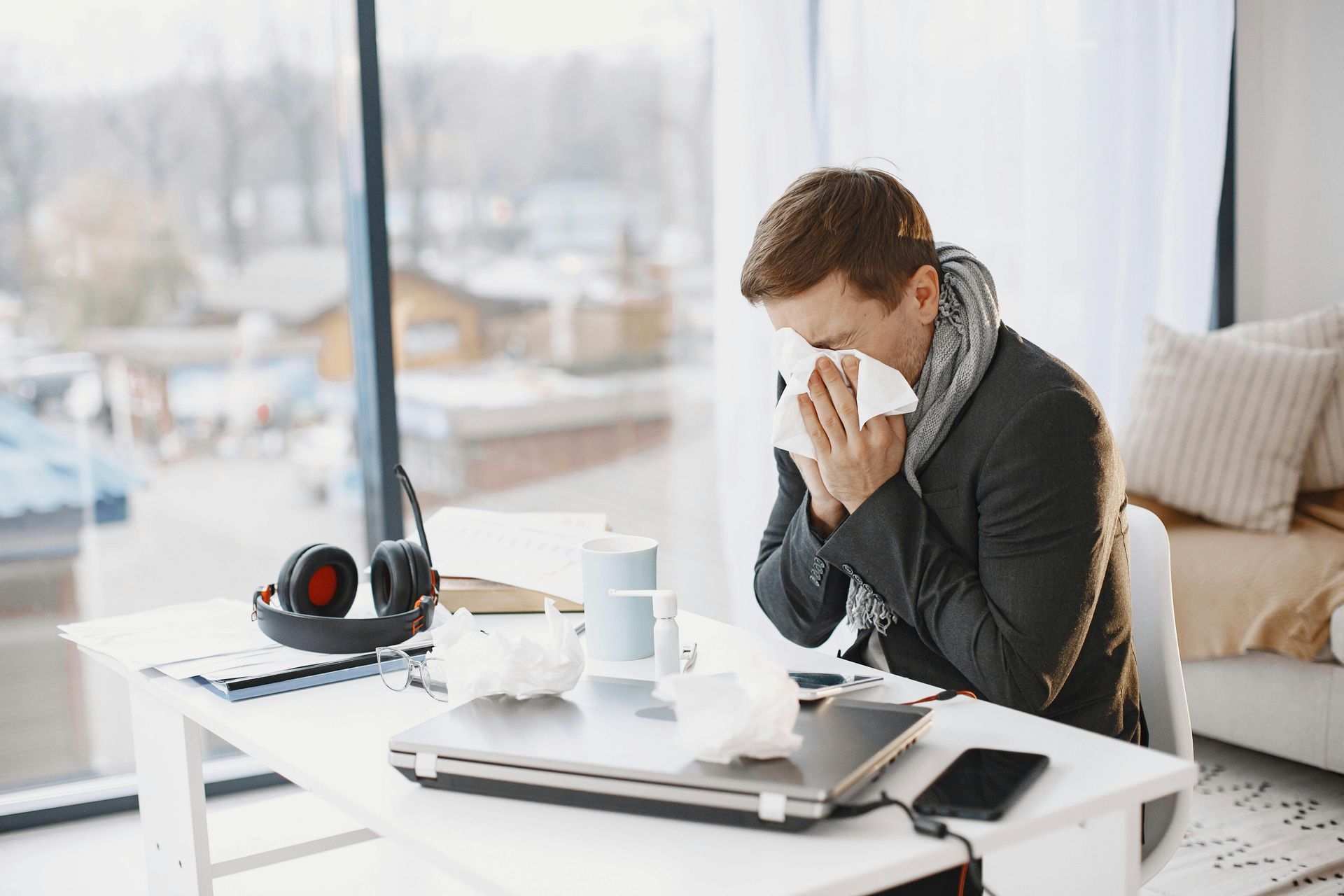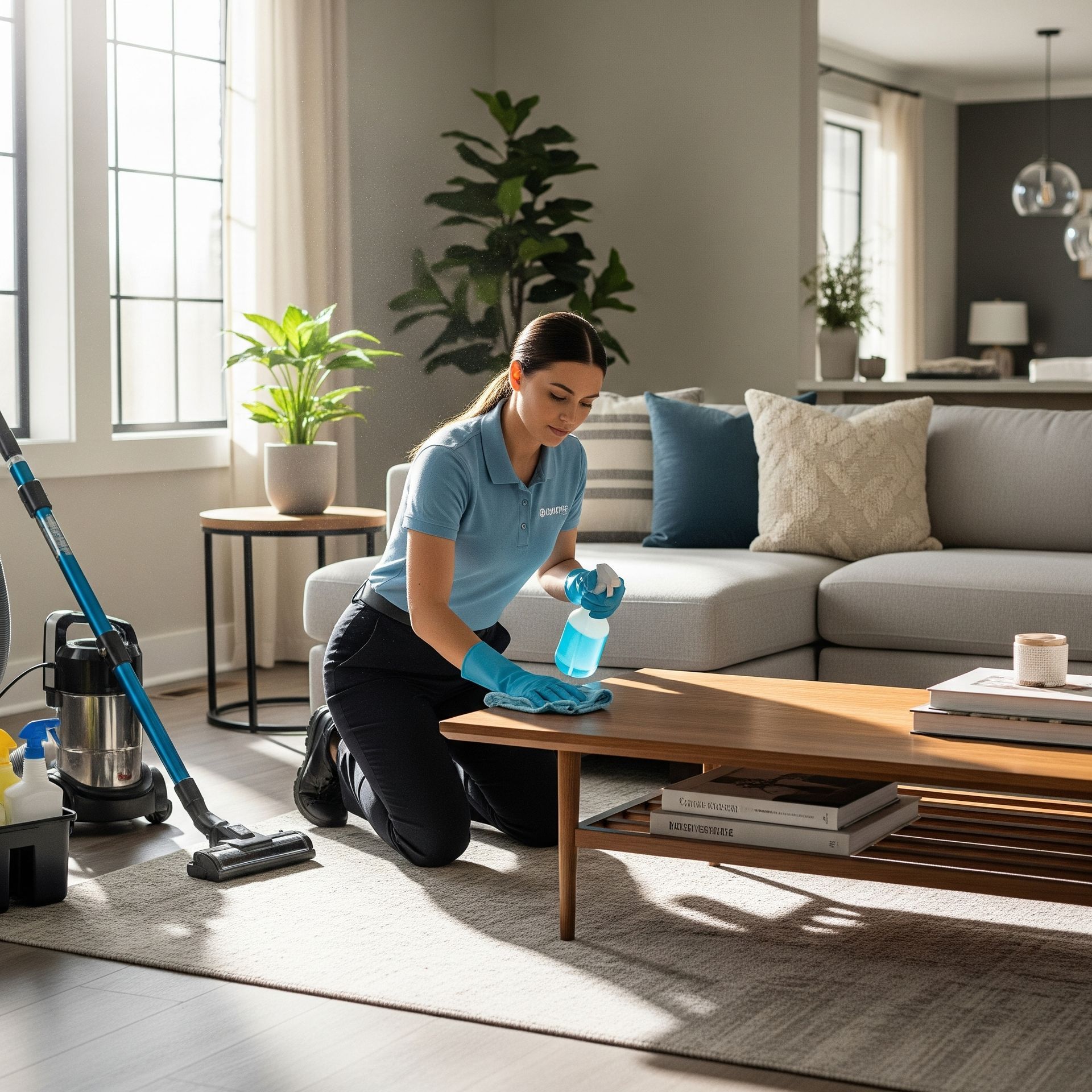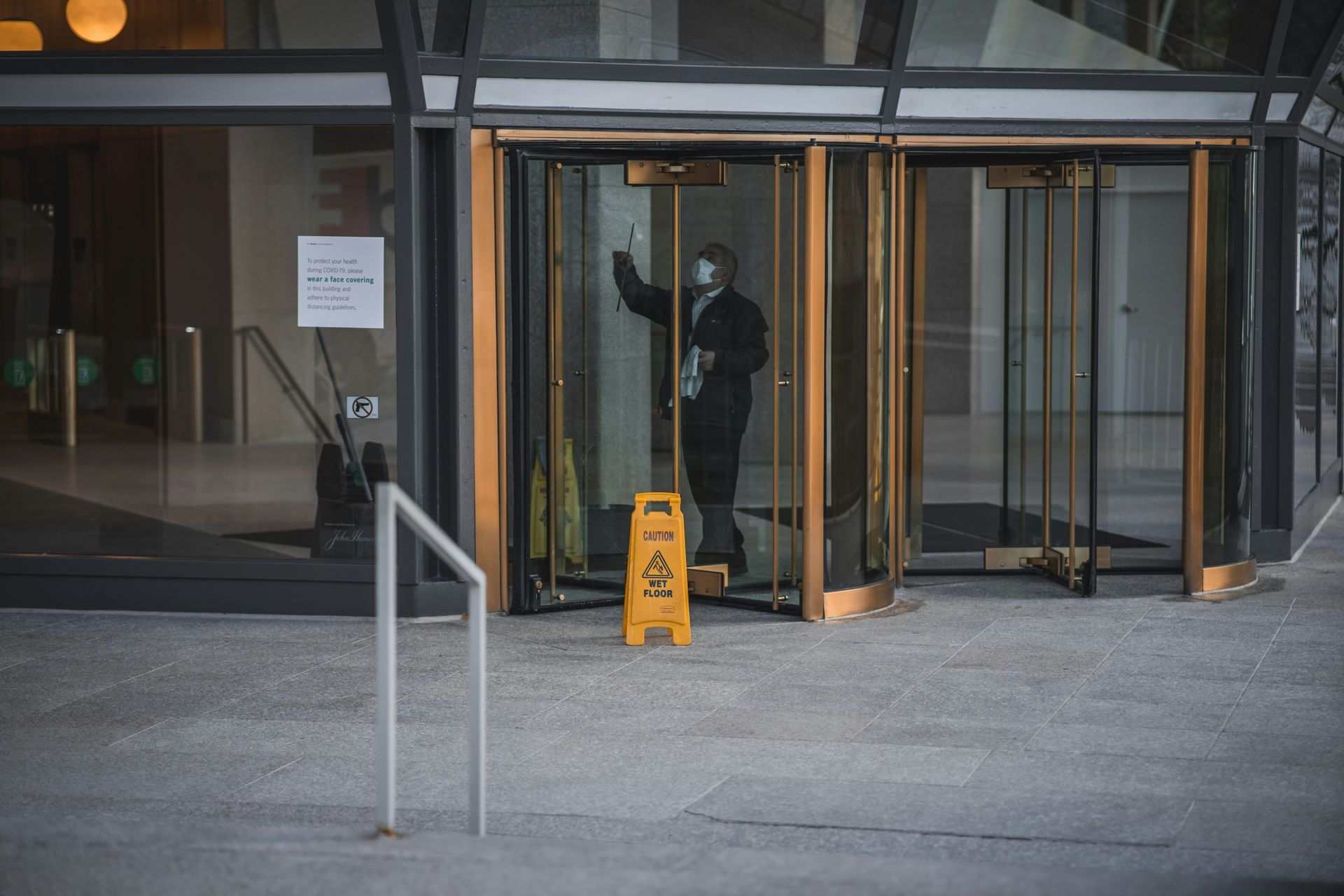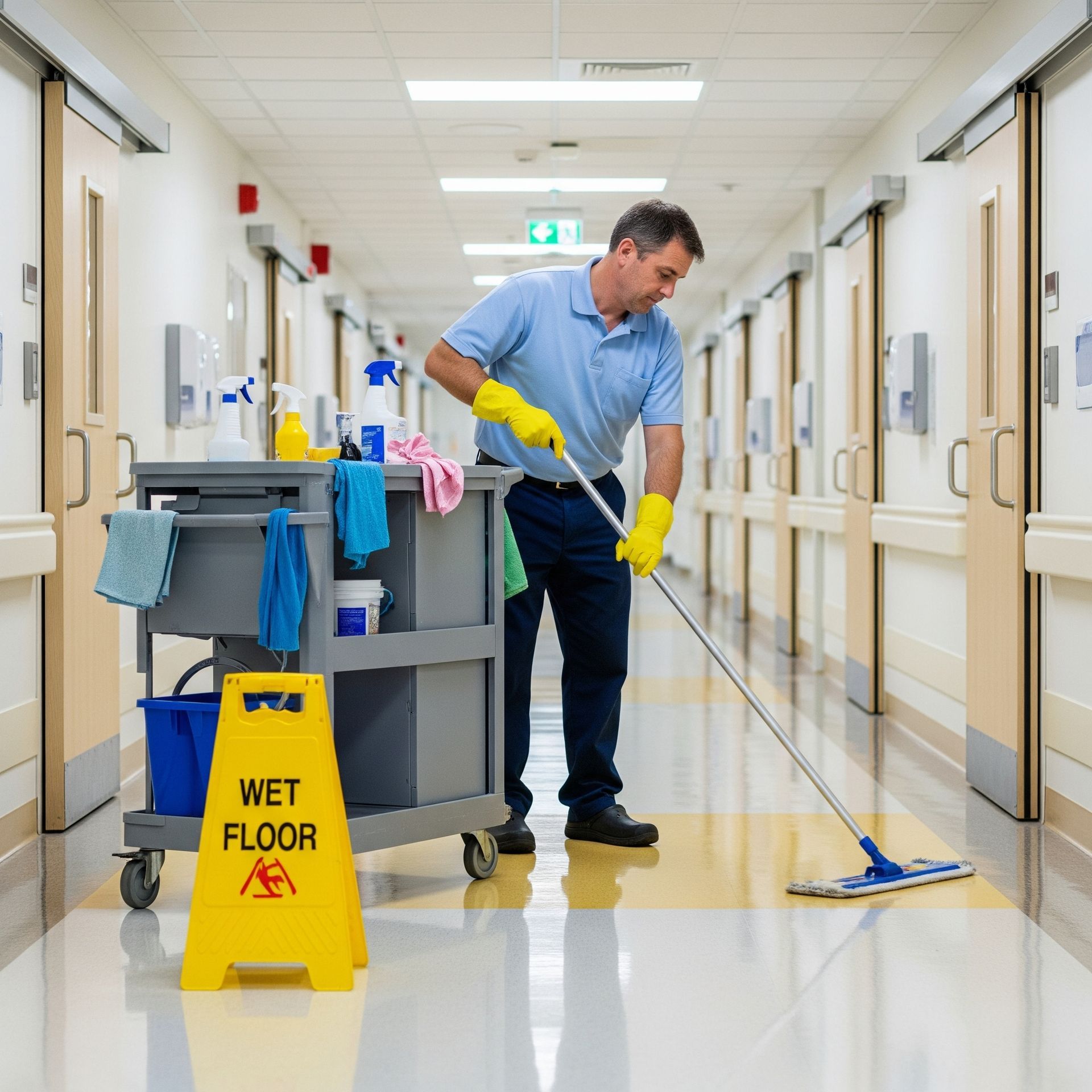Common Germ Hotspots Businesses Overlook Every Day
When you walk into a clean office or storefront, it’s easy to assume everything is safe and sanitary. The floors shine, the bins are empty, and the restrooms look spotless. But cleanliness you can see doesn’t always mean the space is free from germs. Many businesses miss key areas where bacteria thrive, even with regular cleaning services in place.
These hidden germ hotspots don’t just pose health risks—they can affect how comfortable and safe your staff and visitors feel. Over time, neglecting these areas can lead to more sick days, lower morale, and a less productive workplace. The good news is, with a little awareness and consistent effort, especially in corporate office cleaning, it’s easy to address these problem spots before they become an issue.
Key Takeaways
- Germs spread quickly in shared spaces and often live on items most people forget to clean.
- Commonly touched surfaces like elevator buttons and door handles need more frequent disinfecting.
- Shared electronics such as keyboards and phones can carry more bacteria than a toilet seat.
- Focusing only on visual cleanliness overlooks the risk of hidden contamination.
- Small changes to cleaning routines can lead to healthier, more productive work environments.
- Providing hand hygiene stations and visible cleaning practices builds trust and encourages better habits.
1. Elevator Buttons and Door Handles
Elevator buttons and door handles are touched countless times each day by staff, customers, and visitors. Despite this, they often receive only a quick wipe, if they’re cleaned at all. These surfaces are among the easiest ways for germs to spread. In busy buildings like retail spaces and office towers, even regular cleaning may not be enough if it’s not done thoroughly or frequently.
What to do: Make these areas part of your daily disinfecting checklist. Consider hands-free door solutions or antibacterial surface films that reduce bacteria between cleanings.
2. Keyboards, Mice, and Shared Devices
In many workplaces, people use shared computers, phones, and other devices without thinking about what’s been left behind by the last user. Food crumbs, skin cells, and bacteria can build up quickly, especially when people don’t clean their hands before or after use. Keyboards and mice, in particular, are high-risk items. Studies have found they can carry more bacteria than a toilet seat.
What to do: Offer cleaning wipes near shared tech and encourage employees to use them. Build device cleaning into your IT or maintenance routines and assign responsibility for disinfecting communal electronics.
3. Break Room Touchpoints
The office kitchen or break room is a busy space where hygiene often takes a back seat. Items like refrigerator handles, microwave buttons, coffee machines, and drawer knobs get touched by multiple people every day. These surfaces are prime targets for bacteria, especially when food is involved. Without regular cleaning, they can contribute to cross-contamination or the spread of illnesses.
What to do: Keep disinfectant wipes in plain sight and encourage a wipe-down after each use. Assign regular cleaning duties to staff or include these areas in your professional cleaning routine.
4. Office Phones and Meeting Equipment
Phones, remotes, and touchscreen panels in meeting rooms are often handled by many people and rarely cleaned. Conference calls and video meetings mean more hands on shared equipment—especially in team settings. Because these tools are essential for communication, they’re used frequently and passed around without much thought.
What to do: Encourage teams to sanitize before and after use. Provide individual headsets or microphones where possible, and include these items in your cleaning checklist.
5. Light Switches and Climate Controls
Light switches and thermostat controls are small, but they’re touched regularly in rooms used by multiple people. These surfaces are usually overlooked during routine cleaning because they’re not visibly dirty. Still, they’re common points of contact and can easily collect germs.
What to do: Install motion-activated lighting or smart thermostats where possible to reduce contact. If not, ensure switches and controls are wiped down daily, especially in shared spaces like meeting rooms and staff lounges.
6. Shared Office Supplies and Copy Stations
From staplers and pens to copier buttons and paper trays, shared office supplies are often passed around without a second thought. In print stations or common storage areas, germs can easily transfer from one person to another. Because these items don’t seem like hygiene risks, they’re rarely cleaned.
What to do: Offer employees their own desk supplies when possible. For shared tools, add signage reminding people to wipe down items after use, and stock nearby stations with cleaning wipes.
7. Reception Areas and Visitor Touchpoints
Your reception area is the first thing clients, customers, and guests interact with. Items like clipboards, touchscreen sign-in devices, pens, and countertops all see heavy use. Yet they’re often cleaned less frequently than staff workstations. Since reception areas are shared by both employees and the public, these surfaces carry higher risk.
What to do: Provide single-use pens or clean them after each use. Place hand sanitizer at entrances and make regular disinfection part of your front desk routine. These practices are especially important across different industries served, where traffic and contact points vary.
8. Handrails and Stair Railings
Stair railings and handrails are used throughout the day, especially in multi-level buildings and manufacturing facilities. These surfaces tend to accumulate germs quickly and are often missed during daily cleaning. Because railings are in open areas, it’s easy to forget how many people touch them.
What to do: Include railings in your regular cleaning schedule and use disinfectant products that work on metal or wood. In high-traffic areas, clean these surfaces more than once a day.
9. Restroom Fixtures and Hidden Spots
While restrooms typically receive regular cleaning, not every surface gets the attention it deserves. The back of stall doors, faucet aerators, and bins for hygiene products can still be hotspots for bacteria. Touchless dispensers and hand dryers also need cleaning, as do shared soap pumps and tissue holders.
What to do: Audit restroom cleaning procedures and make sure they include all contact surfaces. Keep restrooms well-stocked, well-ventilated, and visibly clean. Maintaining a clean, hygienic facility directly supports worker safety and health.
10. Personal Items Left in Common Areas
Lunchboxes, coffee mugs, water bottles, and backpacks often come into contact with shared surfaces like breakroom tables or communal desks. These items can carry germs from outside the workplace and leave bacteria behind. When personal belongings are left out in shared spaces, they add to the risk of surface contamination.
What to do: Encourage staff to store personal items in designated areas. Remind teams to clean reusable items daily and avoid placing bags or food containers on communal tables.
Frequently Asked Questions
What are the most commonly missed areas during routine office cleaning?
Often, high-touch areas like keyboards, elevator buttons, remote controls, and light switches are missed. These items don’t always look dirty but are frequently used.
How often should shared surfaces be disinfected?
At a minimum, shared surfaces should be disinfected once a day. In high-traffic or high-contact areas, cleaning should happen multiple times throughout the day.
Is visual cleanliness enough to ensure a safe work environment?
No. Surfaces can appear clean while still harboring harmful bacteria. A proper cleaning routine focuses on both appearance and hygiene, especially in shared areas.
How can businesses encourage better hygiene among staff?
Make cleaning supplies readily available and easy to use. Post simple reminders, provide training, and lead by example. Recognizing good hygiene habits also helps reinforce them.
Do all germs on surfaces cause illness?
Not all germs are harmful, but certain bacteria and viruses that live on surfaces can cause illness. Regular cleaning helps reduce that risk and creates a safer environment for everyone.
Final Thoughts
Workplace cleanliness goes beyond appearances. Overlooked germ hotspots like door handles, light switches, shared electronics, and office supplies spread germs, leading to absenteeism and lower productivity. Consistent cleaning and shared responsibility create a safer environment. A healthier workplace isn’t built overnight. It’s built through small, thoughtful changes that prioritize the well-being of your team and your customers. If you're unsure where to begin or have specific questions about your cleaning needs, visit the
FAQ page or
contact the team at Logistics Cleaning Services for expert guidance.

